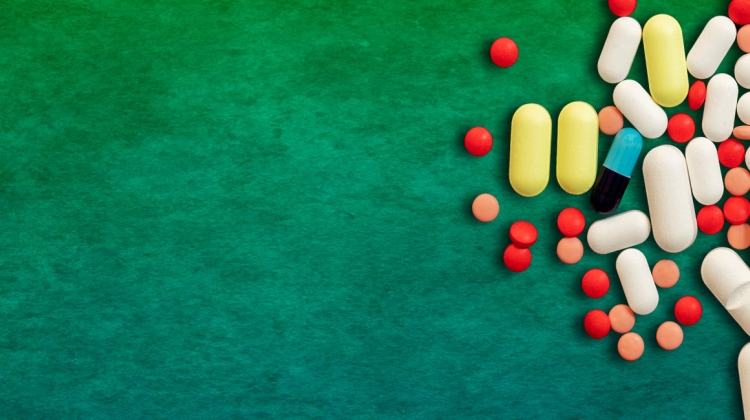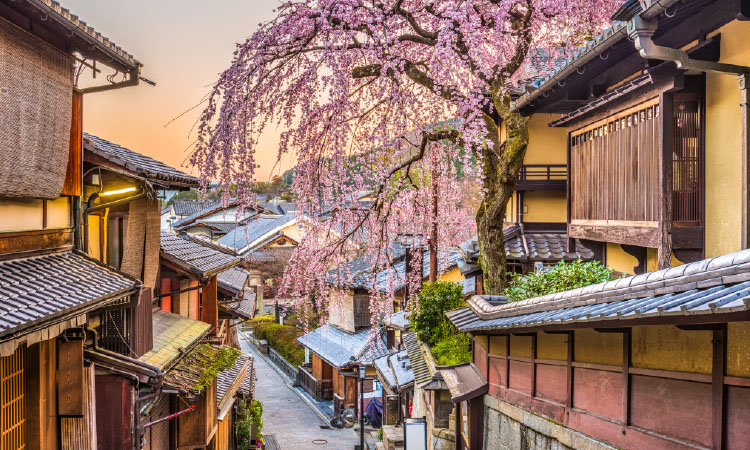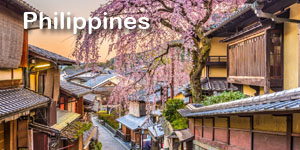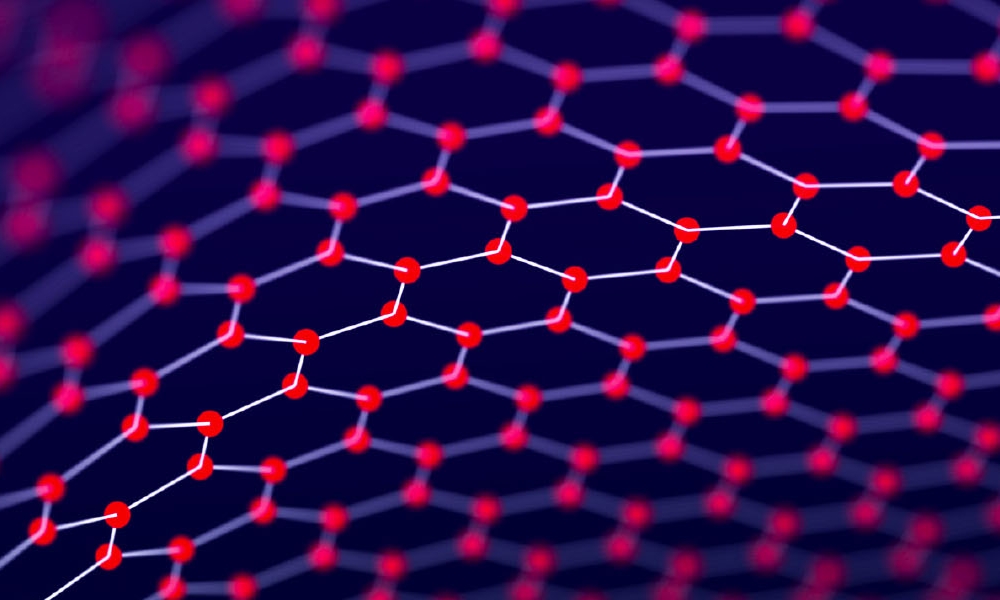The Philippines: Biosimilars—Opportunities & Challenges

It is the duty of the government to improve access to safe, effective, and quality medicines for its constituents. Various approaches are taken by different countries to achieve this; for the Philippines, the approach is through the active promotion of generics. Under Philippine laws, it is a policy of the state to promote “effective competition policy in the supply and demand of quality affordable medicines” through the use of generics medicines.1 , 2 By making generics available, the supply of medicines is ensured, and the medicines will be more affordable with greater competition.
“Generics” or “multisource pharmaceutical products” are off-patent versions of small-molecule therapies that demonstrate therapeutic equivalence to innovator products.3 , 4 This definition, however, does not cover large, complex molecules such as biologics. Similar biotherapeutic products (SBPs), or biosimilars, are similar in terms of quality, safety, and efficacy to an already licensed reference biotherapeutic product (RBP).
While both generics and biosimilars are approved on abbreviated pathways,5 they are not equivalent. Active ingredients of generic medicines are structurally the same; biosimilars, however, are structurally different and are produced through sophisticated biotechnology processes such as recombinant DNA.6 The methods of establishing “equivalence” for generics and “similarity” for biosimilars also differ. Therapeutic equivalence is demonstrated through bioequivalence using in vitro or in vivo studies, whichever is applicable. Similarity is established through comparability exercises on various parameters to determine the absence of relevant differences, as complemented by appropriate nonclinical and clinical data.7
While opportunities have opened, better availability has yet to be realized.
- 1Philippines. Generics Act of 1988 (Republic Act No. 6675). 13 September 1988. https://www. wipo.int/wipolex/en/text.jsp?fi le_id=225221
- 2Philippines Republic Act No. 9502, entitled Act Providing for Cheaper and Quality Medicines, Amending for the Purpose Republic Act No. 8293 or the Intellectual Property Code, Republic Act No. 6675 or the Generics Act of 1988, and Republic Act No. 5921 or the Pharmacy Law, and for Other Purposes. 6 June 2008. https://www.wipo.int/wipolex/en/details.jsp?id=5204
- 3Philippines Food and Drug Administration. FDA Circular No. 2013-014. List of Products Requiring Bioequivalence (BE) Studies as Part of the Application for Marketing Authorization in Addition to Rifampicin and the 11 Products Listed in Bureau Circular No. 2006-008. https://ww2.fda.gov.ph/index.php/issuances-2/pharml-1/pharml-fda-circular/79848-fda-circular-no-2013-014
- 4World Health Organization. WHO Technical Report Series 992. Annex 6. Multisource (Generic) Pharmaceutical Products: Guidelines on Registration Requirements to Establish Interchangeability. http://apps.who.int/medicinedocs/documents/s23245en/s23245en.pdf
- 5US Food and Drug Administration. Biosimilar and Interchangeable Products. “Are Biosimilars the Same as Generic Drugs?” https://www.fda.gov/Drugs/DevelopmentApprovalProcess/HowDrugsareDevelopedandApproved/ApprovalApplications/TherapeuticBiologicApplications/Biosimilars/ucm580419.htm#generic
- 6European Medicines Agency and the European Commission. “Biosimilars in the EU: Information Guide for Healthcare Professionals.” 2017. https://www.ema.europa.eu/documents/leafl et/biosimilars-eu-information-guide-healthcare-professionals_en.pdf
- 7World Health Organization. “Guidelines on Evaluation of Similar Biotherapeutic Products (SBPs).” 2009. https://www.who.int/biologicals/areas/biological_therapeutics/BIOTHERAPEUTICS_FOR_WEB_22APRIL2010.pdf

Legislation for Quality
The objective of the 1988 Philippine generics legislation is clear: to improve access by making available high-quality treatment options that are safe, effective, and affordable. Pursuant to this, the Philippine Food and Drug Administration (FDA) implemented Administrative Order No. 2014-0016,8 which provided regulatory guidance for the registration of biosimilars.
By adopting internationally accepted guidelines, marketing authorization holders are able to submit more or less the same evidence that they used to register their biosimilar products in “pioneer” regulatory authorities such as the EMA and the US FDA.
While opportunities have opened, better availability has yet to be realized. As of June 2017, three years after instituting the regulatory pathway, only three biosimilar products had been registered. A number of industry challenges can be discerned from the policy and its implementation.
Classification of Existing Biological Products
The Philippine FDA requires that when it receives a marketing authorization renewal for an existing biological product, evidence of similarity with an RBP must also be submitted unless the biological product is already classified as such. This is challenging for the industry since not all currently registered biological products were classified as either RBP or SBP during their development and initial registration. Thus, they may not have the necessary evidence to support their classification.
Scope of Regulation
The scope of the policy states that the biosimilar concept applies to “all biological drug applications except for vaccines, plasma-derived products, and their recombinant analogues.” Reconciling this with the definition of biological products means that comparability studies must be submitted for modified animal tissues, high-molecular-weight hormones, and the products of genetic engineering or other new biotechnological techniques. This runs counter to other regulatory best practices, as not all products may be classified as a biosimilar, especially biological products that are difficult to characterize.
Administrative Challenges
Currently, the length of the Philippine FDA regulatory reviews ranges from two to four years, which is heavily attributed to the limited manpower complement. While there is industry interest in submitting applications that follow internationally aligned requirements (and a number of companies have already done so), long queueing time affects the availability of these products in the market.
Conditional Approvals and Post-marketing Commitments
To sustain interest, the Philippine FDA may consider conditional approvals for new biosimilars with limited evidence. This is common in the EU, provided that post-marketing commitments are met. This is an incentive for investing in research and development not only for biosimilars but also for other innovative medicines.
- 8Philippine Department of Health. Administrative Order No. 2014-0016. “Adoption of the World Health Organization, ‘Guidelines on Evaluation of Similar Biotherapeutic Products (SBPs)’ for the Registration of Biosimilar Products.” https://ww2.fda.gov.ph/index.php/issuances-2/pharml-1/pharml-administrative-order/151256-administrative-order-2014-0016






